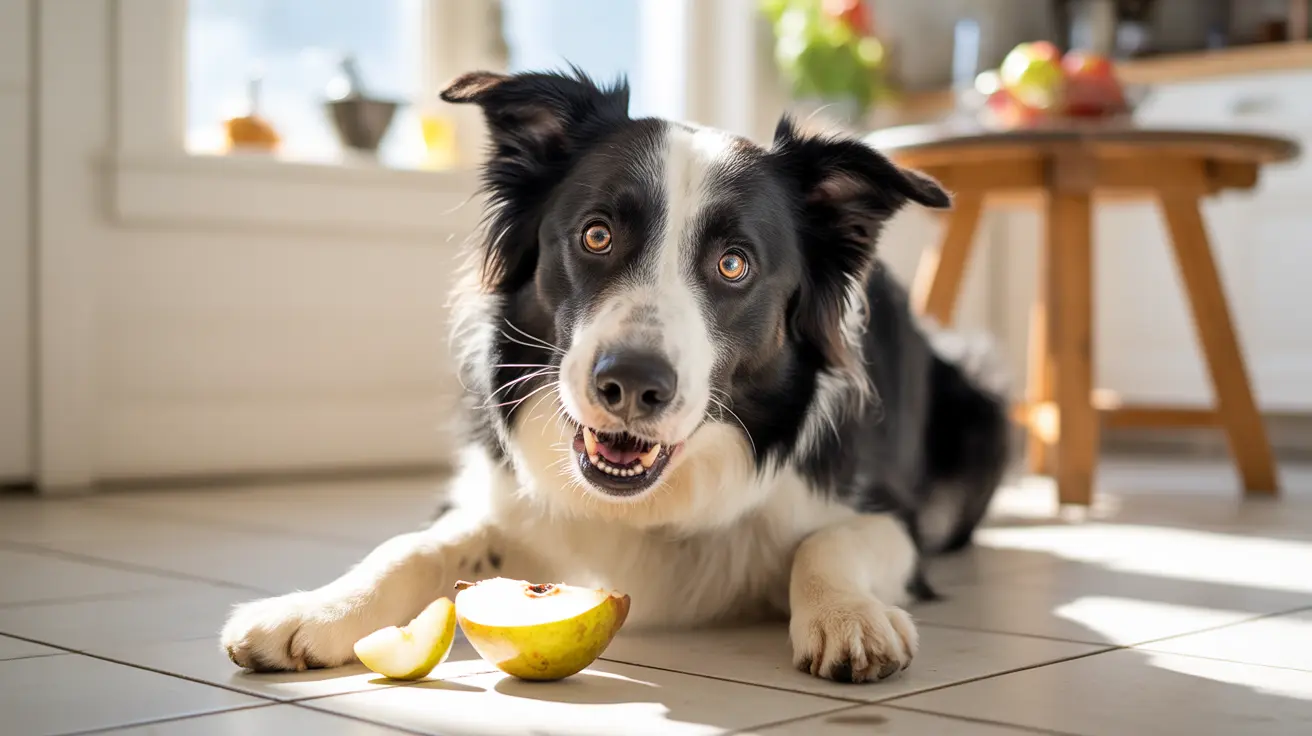Understanding the Onset of Onion Poisoning in Dogs
Onion poisoning is a serious and potentially fatal condition in dogs. While it may seem harmless to give your dog a bite of food containing onion, even small amounts can lead to toxic effects. This article explores how fast onion poisoning occurs in dogs, the signs to watch for, and what actions to take if your pet is affected.
Why Are Onions Toxic to Dogs?
Onions, along with other members of the Allium genus (including garlic, leeks, chives, shallots, and scallions), contain a compound called N-propyl disulfide. This compound causes oxidative damage to a dog’s red blood cells, which can lead to a dangerous condition known as hemolytic anemia.
Onset of Symptoms
One of the most pressing concerns when a dog ingests onion is the timing of the poisoning symptoms. According to veterinary sources:
- Symptoms generally begin to appear within 24 to 72 hours after ingestion.
- In some cases, signs may not become evident until several days later.
- The delayed reaction makes it difficult for pet owners to connect the symptoms with onion consumption.
Early Warning Signs
The initial symptoms of onion poisoning in dogs may include:
- Vomiting
- Diarrhea
- Abdominal pain
- Drooling
- Decreased appetite
As the condition progresses, more severe signs of anemia become visible:
- Lethargy and weakness
- Rapid or elevated heart rate
- Pale or yellow gums
- Red or brown urine
- Collapse or fainting
- Exercise intolerance
The Danger of Cumulative Exposure
Even if a dog consumes only small amounts of onion over time, the toxic effects can accumulate. Repeated exposure to onion, whether raw, cooked, or powdered, increases the risk of developing anemia and other complications.
Risk Factors Influencing Toxicity
- Body Weight: Dogs are more likely to suffer toxicity if they consume more than 0.5% of their body weight in onion.
- Breed Susceptibility: Breeds like Akitas and Shiba Inus are more prone to onion poisoning.
- Health Conditions: Dogs with pre-existing conditions such as liver disease, diabetes, or anemia are at a higher risk.
- Increased Potency: Onion and garlic powders are more concentrated and potent than fresh onions.
Diagnosis and Veterinary Treatment
If you suspect your dog has eaten onion, time is critical. Contact your veterinarian immediately for guidance. Diagnosis is usually based on:
- Clinical history (i.e., knowledge that the dog consumed onion)
- Physical symptoms
- Blood tests showing Heinz bodies on a blood smear, a marker of oxidative damage
Treatment may include:
- Inducing vomiting (if ingestion occurred within a few hours)
- Administering activated charcoal to reduce toxin absorption
- Intravenous fluids and oxygen therapy
- Blood transfusions in severe cases
- Hospitalization for monitoring and supportive care
Preventing Onion Poisoning
Prevention remains the best measure against onion toxicity. Pet owners should:
- Avoid feeding dogs any form of onion or foods that may contain it
- Store onions and related items out of reach
- Keep trash secured
- Ensure family and guests are informed not to feed the dog scraps with onions
- Fence off garden areas with onion plants
Safe Alternatives to Onions
There are many healthier and safe vegetable snacks for dogs, including:
- Carrots
- Green beans
- Peas
- Pumpkin
- Cucumbers
Safe fruits include:
- Apples (without seeds)
- Bananas
- Blueberries
Always introduce new foods gradually and consult your vet if uncertain.
What to Do After Exposure
If your dog has ingested onion, you should:
- Note the type and amount of onion consumed
- Contact your veterinarian or emergency clinic immediately
- Monitor your dog for symptoms over the next 72 hours
- Keep a log of any changes in behavior or health to share with your vet
Conclusion: Act Fast, Stay Safe
Onion poisoning in dogs can take anywhere from 24 to 72 hours to show symptoms, but the seriousness of this condition demands immediate attention. If exposure is suspected, call your vet without delay. With timely intervention and supportive veterinary care, most dogs can recover fully. The best defense is always prevention—keep all onion-containing foods away from your pet, and educate household members about the risks.





